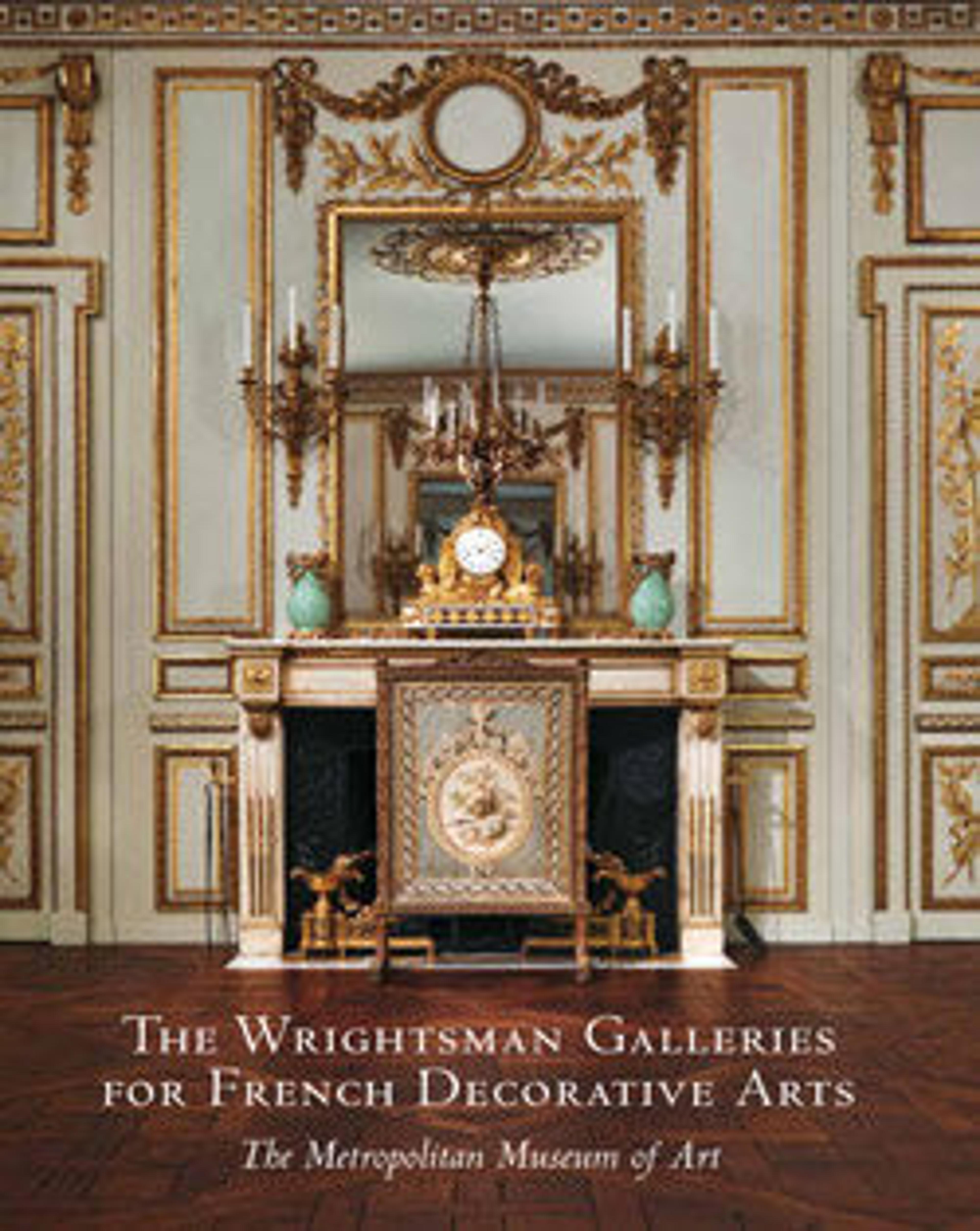Tureen with cover and liner
This tureen is very similar to those in the Orloff service, and it is marked by the silversmith responsible for many pieces in that celebrated set, Jacques-Nicolas Roettiers (see also 48.187.386, .387). He was the son of a prominent silversmith, Jacques Roettiers (1707–1784), and he became one of the most accomplished practitioners of the Neoclassical style in silver. Roettiers’s skill as a silversmith is evident in this tureen, which employs bold Neoclassical motifs such as rosettes, acanthus leaves, guilloche molding, and volute feet that are all integrated into a harmonious and elegant composition. The detail and crispness of the motifs are notable, and the finial is a masterful three-dimensional essay in the Neoclassical taste.
The quality of the object is evident not only in its design and execution but also in its significant weight. As works in silver were valued in the eighteenth century more for the intrinsic worth of their metal than for the craftsmanship involved in their making, the amount of silver employed was an indication of both the importance of the object and the wealth of the owner.
Given all the impressive attributes of this tureen, it is surprising that nothing at all is known of its early history. It has been suggested that the tureen, its mate, and other pieces from the original service were acquired at the time of the French Revolution by the American diplomat Gouverneur Morris, who was serving as minister to France. It appears that Morris brought the silver back to America when he returned in 1794 and that he sold at least some of it to Robert R. Livingston (1746–1813), the distinguished first chancellor of New York State. This tureen descended in the Livingston family until 1986, when it was donated to the Metropolitan Museum.
[Jeffrey H. Munger, 2010]
The quality of the object is evident not only in its design and execution but also in its significant weight. As works in silver were valued in the eighteenth century more for the intrinsic worth of their metal than for the craftsmanship involved in their making, the amount of silver employed was an indication of both the importance of the object and the wealth of the owner.
Given all the impressive attributes of this tureen, it is surprising that nothing at all is known of its early history. It has been suggested that the tureen, its mate, and other pieces from the original service were acquired at the time of the French Revolution by the American diplomat Gouverneur Morris, who was serving as minister to France. It appears that Morris brought the silver back to America when he returned in 1794 and that he sold at least some of it to Robert R. Livingston (1746–1813), the distinguished first chancellor of New York State. This tureen descended in the Livingston family until 1986, when it was donated to the Metropolitan Museum.
[Jeffrey H. Munger, 2010]
Artwork Details
- Title:Tureen with cover and liner
- Maker:Jacques-Nicolas Roettiers (1736–1788, master 1765, retired 1777)
- Date:1775–76
- Culture:French, Paris
- Medium:Silver
- Dimensions:Overall: 12 1/4 × 15 1/2 × 9 7/8 in. (31.1 × 39.4 × 25.1 cm)
- Classification:Metalwork-Silver
- Credit Line:Gift of Dorothy C. Livingston, in loving memory of Robert R. Livingston, 1986
- Object Number:1986.320a–c
- Curatorial Department: European Sculpture and Decorative Arts
More Artwork
Research Resources
The Met provides unparalleled resources for research and welcomes an international community of students and scholars. The Met's Open Access API is where creators and researchers can connect to the The Met collection. Open Access data and public domain images are available for unrestricted commercial and noncommercial use without permission or fee.
To request images under copyright and other restrictions, please use this Image Request form.
Feedback
We continue to research and examine historical and cultural context for objects in The Met collection. If you have comments or questions about this object record, please contact us using the form below. The Museum looks forward to receiving your comments.
